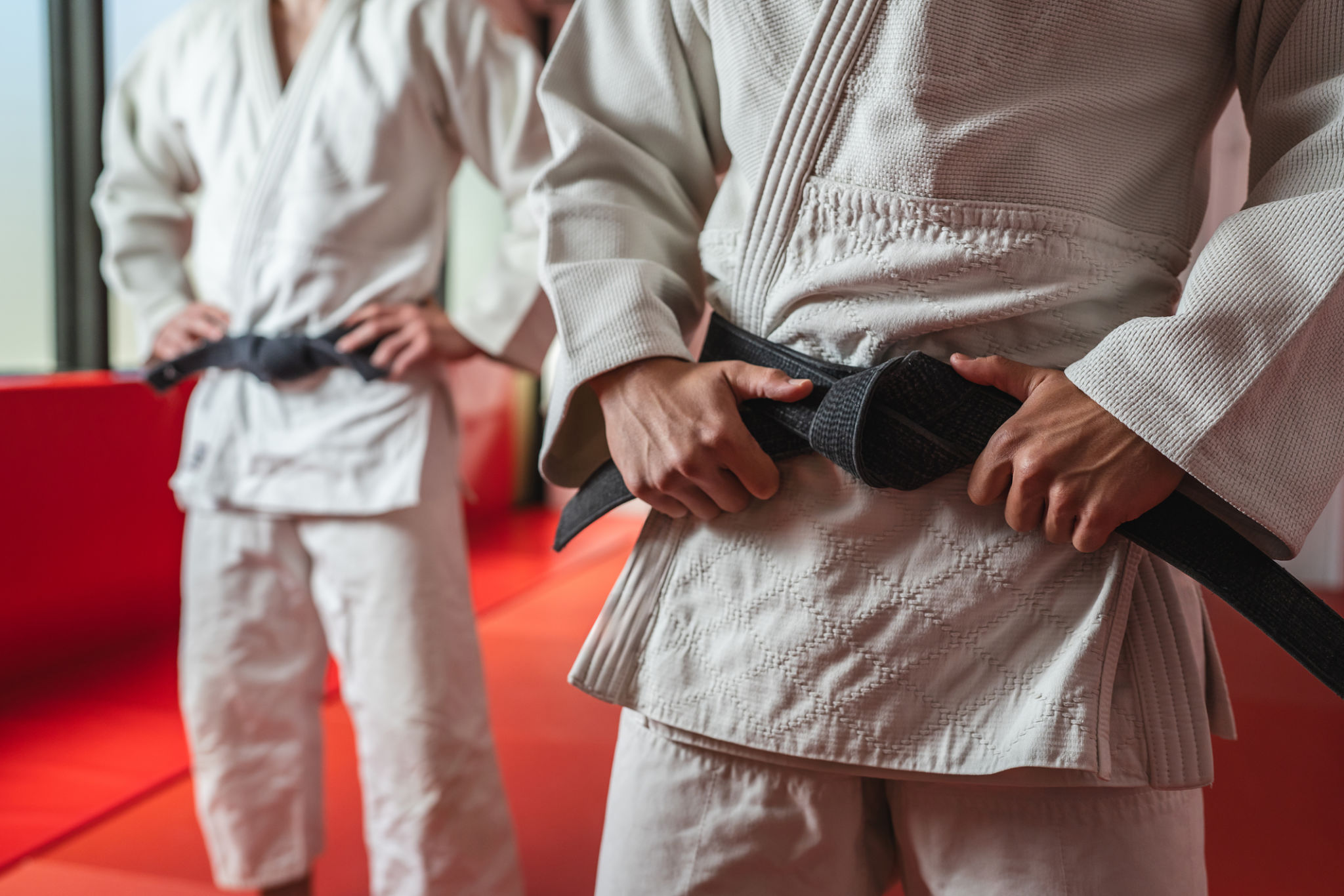How to Choose the Right Martial Art: A Comprehensive FAQ Guide
Understanding Your Goals
Choosing the right martial art starts with understanding your personal goals. Are you interested in self-defense, fitness, competition, or perhaps a combination of these? Each martial art has distinct characteristics and benefits that cater to different objectives. For instance, Brazilian Jiu-Jitsu focuses on ground fighting and submission techniques, making it ideal for self-defense scenarios. In contrast, Muay Thai is often chosen for its intense cardiovascular workout and striking techniques.
Consider what you want to achieve through martial arts. Do you want to improve your physical fitness, learn self-defense techniques, or perhaps gain mental discipline? Identifying your primary motivation can help narrow down your options significantly.

Assessing Physical and Mental Requirements
Every martial art demands a unique set of physical and mental skills. Some, like Taekwondo, require high flexibility and leg strength due to their emphasis on kicks. Others, such as Judo, may demand more upper body strength and balance. Assess your current physical condition and consider whether you’re willing to develop new skills or improve existing ones.
Mental readiness is equally important. Martial arts often require discipline, focus, and perseverance. Arts like Karate emphasize mental toughness and concentration. If you’re looking for mental growth alongside physical benefits, choose a martial art that challenges both aspects.

Exploring Popular Martial Arts
Karate
Karate is a versatile martial art known for its striking techniques, including punches, kicks, and open-handed techniques. It's a great choice for those looking to improve their overall fitness and learn effective self-defense strategies. Karate also emphasizes discipline and respect, making it suitable for individuals seeking personal development.
Brazilian Jiu-Jitsu
Brazilian Jiu-Jitsu (BJJ) focuses on ground fighting and submission holds. It's perfect for those who want to learn how to defend themselves against larger opponents using leverage and technique rather than strength. BJJ is also widely practiced for its competitive aspect in tournaments.

Muay Thai
Known as the "Art of Eight Limbs," Muay Thai utilizes punches, kicks, elbows, and knee strikes. It’s an excellent choice for those interested in a high-intensity workout and striking techniques. Muay Thai is often favored by individuals looking to improve their cardiovascular fitness and learn effective self-defense.
Evaluating Local Options
Once you've identified the martial arts style that aligns with your goals and capabilities, it's time to explore local schools or dojos. Consider the reputation of the instructors, the class schedules, and the community atmosphere. Visiting a few classes can give you a better sense of whether the environment matches what you’re looking for.
Don't hesitate to ask questions about the training methods, class structure, and the progression system. Many schools offer trial classes or introductory packages that allow you to experience the training before committing fully.

Considering Age and Experience
Your age and previous experience can also influence your choice of martial art. Some styles cater specifically to younger practitioners with high energy levels, while others are more inclusive of older individuals or those with limited mobility. For example, Tai Chi is often recommended for those seeking gentle movements and meditation benefits.
If you’re a beginner, look for classes that welcome newcomers and provide foundational training. Conversely, if you have prior experience in martial arts, you might opt for advanced classes that offer new challenges.
Conclusion: Making an Informed Decision
Choosing the right martial art requires careful consideration of your goals, physical and mental readiness, local options, age, and experience level. By thoroughly evaluating these factors, you can find a martial art that not only meets your needs but also enriches your life.
Remember that the journey in martial arts is as important as the destination. Take your time to explore different options and enjoy the process of learning and self-discovery.

